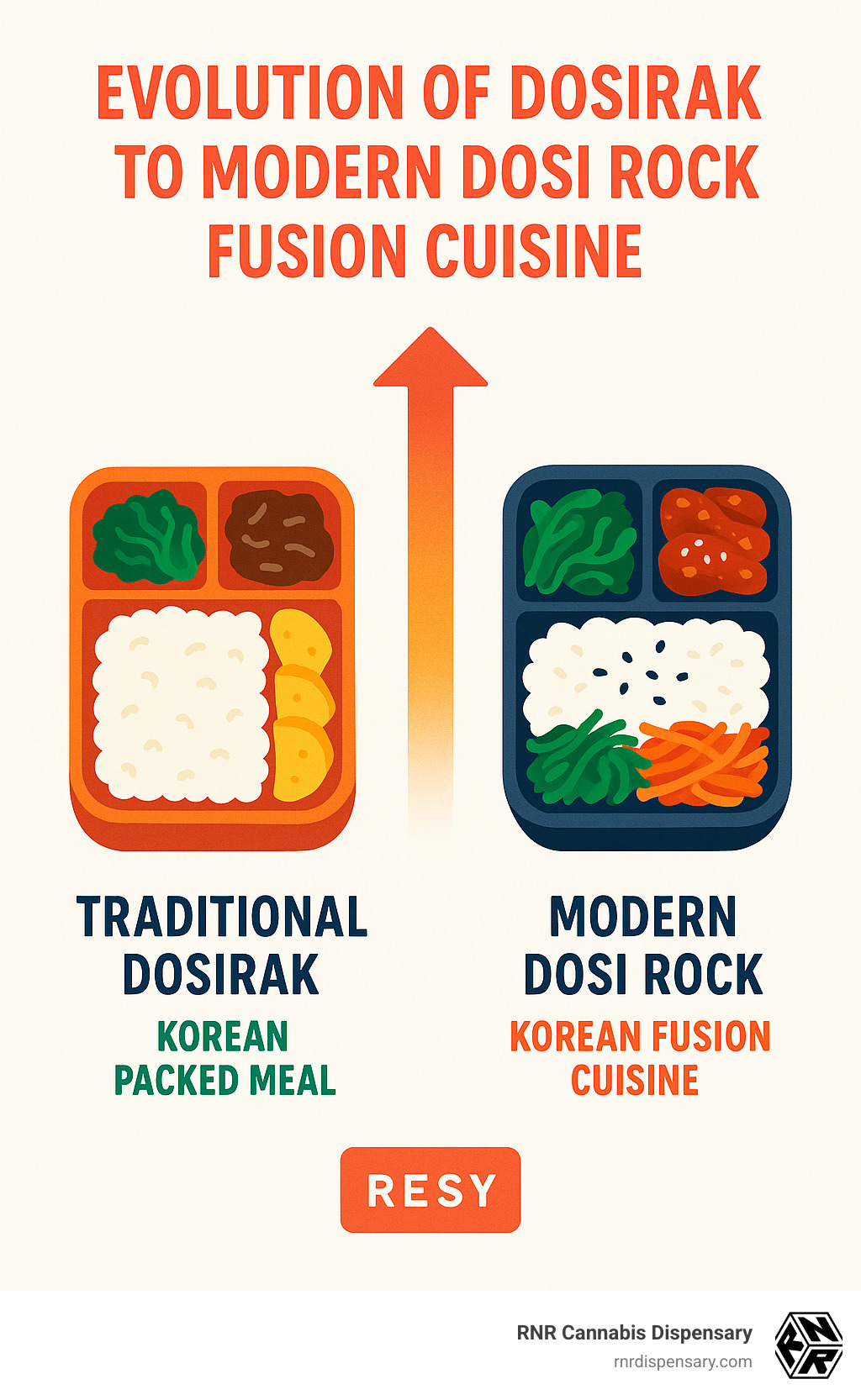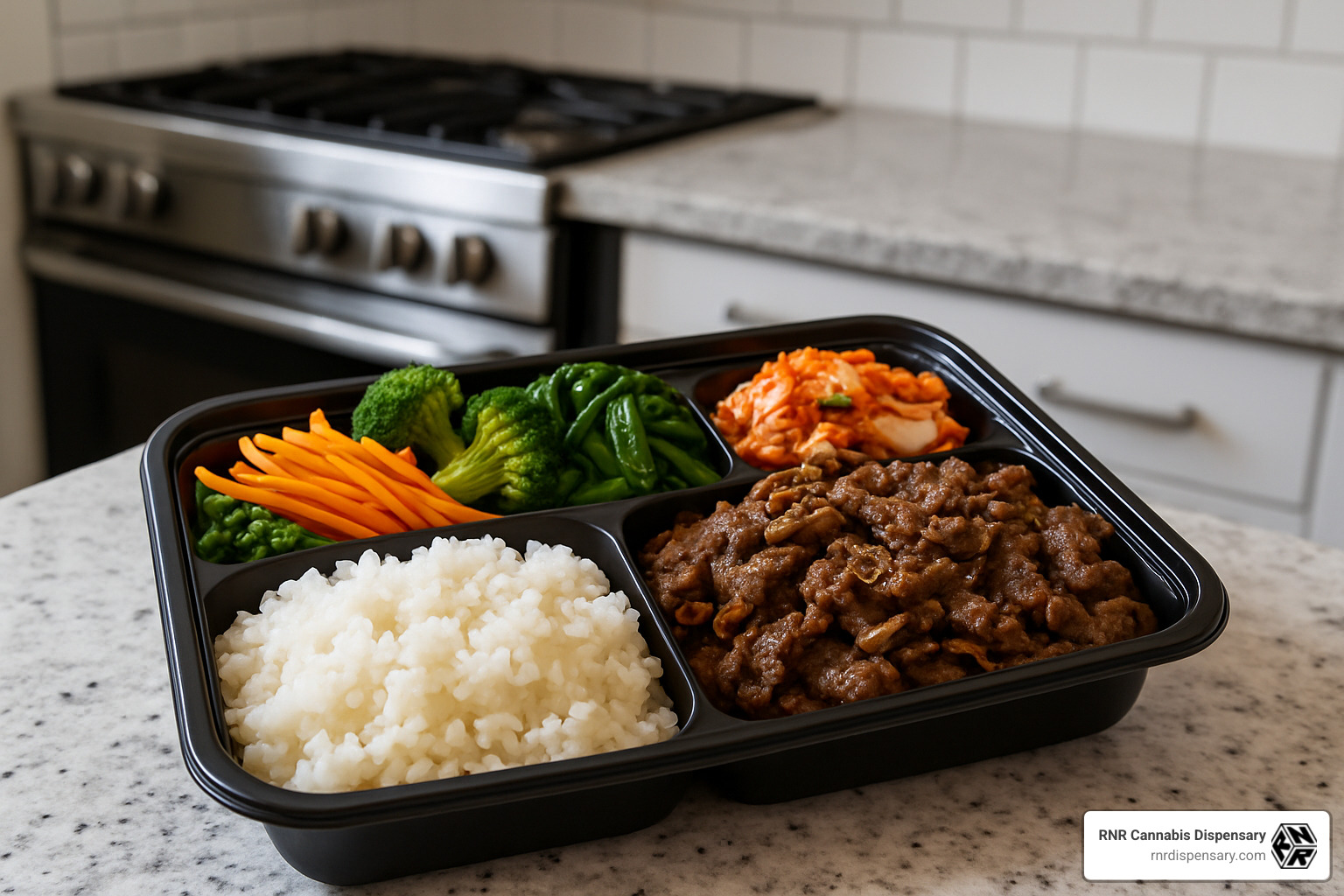Finding the Delicious World of Dosi Rock
Dosi rock is a modern name for the Korean packed meal tradition called “dosirak” – a balanced, portable meal similar to Japanese bento boxes but with Korean culinary elements. If you’re wondering what exactly a dosi rock is, here’s a quick explanation:
| What is Dosi Rock? | Key Facts |
|---|---|
| Origin | Korean “dosirak” (packed meal) with modern fusion twist |
| Components | Rice, protein (often Korean BBQ), vegetables, sides |
| Modern Context | Popularized by Chef Jae You at Dosirock restaurant in the DMV area |
| Experience | Korean fusion cuisine served in convenient, balanced portions |
| Notable Dishes | Bibimbap, Korean BBQ Bahn Mi, Beef Pho, Korean Fried Chicken |
The term dosi rock has evolved from the traditional Korean word “dosirak,” gaining popularity particularly in the DMV (DC, Maryland, Virginia) area through Chef Jae You’s restaurant of the same name. These packed meals represent both cultural tradition and modern convenience, offering a complete nutritional experience in a single container.
At Dosirock restaurant, this concept has been liftd beyond traditional boundaries, incorporating international flavors while maintaining authentic Korean techniques. The restaurant emerged from humble food truck beginnings (Kbbqbox) to become a beloved brick-and-mortar establishment known for its fresh ingredients and creative fusion approach.
I’m Ronald Shen, and I’ve spent years exploring Korean fusion cuisine like dosi rock through my work with RNR Dispensary in Bushwick, where we often partner with local food vendors to create community-centered culinary experiences. My passion for cultural food traditions has led me to appreciate how dosi rock represents both heritage and innovation in portable dining.

What Exactly Is a Dosi Rock?
Ever opened a lunch container and felt like you’re unwrapping a little package of home? That’s the magic of a dosi rock


